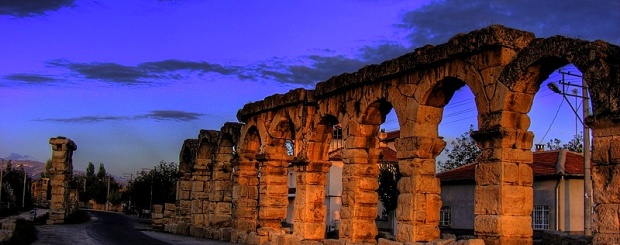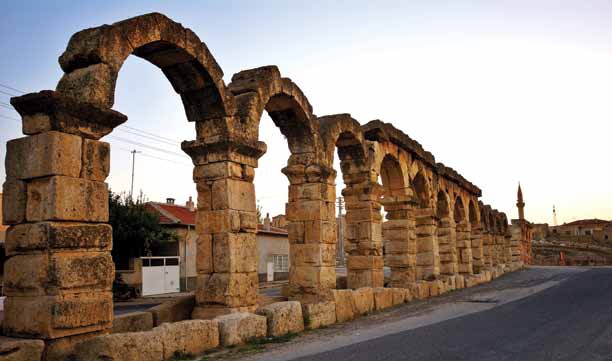Full-day Nigde
You are booking for : Full-day Nigde
This is rich farmland near a number of ancient trade routes, particularly the road from Kayseri (ancient Caesarea) to the Cilician Gates. Settlers throughout history include Hittites, Assyrians, Greeks, Romans, Byzantines and finally Turks from 1166 onwards. In the early Middle Ages, it was known as Magida, and was settled by the remaining inhabitants of nearby Tyana after the latter fell to the Arabs in 708/709. By the early 13th century Nigde was one of the largest cities in Anatolia.
The town is located between the volcanic Melandiz Mountains, which include the Mount Hasan stratovolcano. More recent immigrants include Turkish people from Bulgaria and other Balkan countries, who were settled here by the Turkish authorities in the 1950s and ’60s.
-
- Professional Cultural English speaking guide.
- All entrance fees to Museums and sights.
- Comprehensive sightseeing.
- Deluxe A/C Transport.
- Traditional Turkish meal in Restaurant.
- Soft drinks and water during Coach touring.
-
- All tips to guides, escorts, drivers and hotel and restaurant staff
- All items of a personal nature, including beverages, wines, liqueurs, tea, coffee, mineral water, phone calls, laundry/valet service and food other than stated in the itinerary.
- Any other item not specifically mentioned as being included.
- Baggage, Travel insurance
- Porterage
- Accommodation
- International & Domestic flights
Itinerary
Nigde, is lying on a plateau embellished by volcanic peaks is this city of Central Anatolian Region, which was called “Nahita” in the Hittite period. Since its foundation, it has been a commercial center, standing on the ancient trade route between Anatolia and the Mediterranean. We visit many sights, presenting the exquisite Seljuk art and architectural styles. We pay visit to the fascinating Eski Gümüsler monastery to see the oldest and unique known “smiling” Madonna and the Child scene on a wall of a 1,100-year-old Monastery. Return to hotel (L)
Departure:
Min. pax = 2 (two persons) Pick-up time at 09:00 – Drop-off time at 18:30



Recent Comments